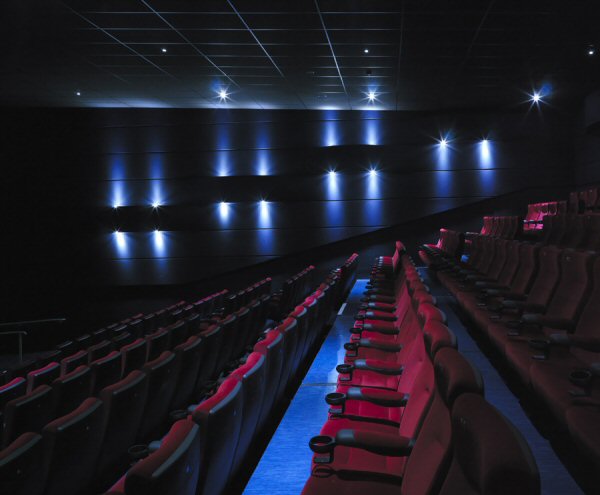The are many elements to what makes up a film, or television production. It starts – usually – with the script, then the production team, director, casting, sets, locations and many other technical elements. But without the magic of lighting, no movie or TV show would be anywhere near as watchable.
So what is it about the lighting that’s so important? And why does it have such an effect? The truth is, there are many lighting techniques that help to shape what we see on screen. Here are several lighting techniques that we see all the time on the big and small screens.

Backlighting: When trying to find more depth, backlighting is often used, which is particularly effective for bringing a subject to the audience’s attention. The result of this is that you can control how a character appears in the scene, particularly for exploring disorientation within a location.
Side lighting: Unlike frontal lighting, the side lighting picks up points and details of a subject. This is ideal for picking up subtle emotions of an actor, casting shadows across facial features.
Frontal lighting: Frontal lighting tends to offer a very straightforward method of illuminating everything to be seen on screen. This general form of lighting doesn’t offer much in the way of depth, and can create a ‘flat’ appearance. Although there are limitations, frontal lighting can often be used to represent an almost surreal imagery.
Soft lighting: When a scene requires a subtle diffusion of light, offering subtlety in illumination. The softness of lighting can often help to influence the likeability of a character, physically emphasising warmth and approachability.
Hard lighting: Hard lighting is often used in the world of Film Noir. The strong contrasts of dark and light, or chaiscuro, helps to emphasise intense, unsettled emotions.
Key lighting: When the lighting needs to pick out a particular feature, key lighting is used offer precise illumination of a subject. This is often used in conjunction with fill lighting for the best contrasting results.
Fill lighting: Along with key lighting, fill lighting helps to reduce some of the intensity of key lighting. Fill lighting also works well with back lighting to create a striking image of a character.
Underlighting: The classic horror movie staple, underlighting gives the face an unsettling appearance. Underlighting does this by breaking up the familiarity of facial features, as well as creating an illusion of extra, over powering, height.
O’Brien’s Lighting is a retailer of modern lighting
8 Cinema Lighting Techniques

